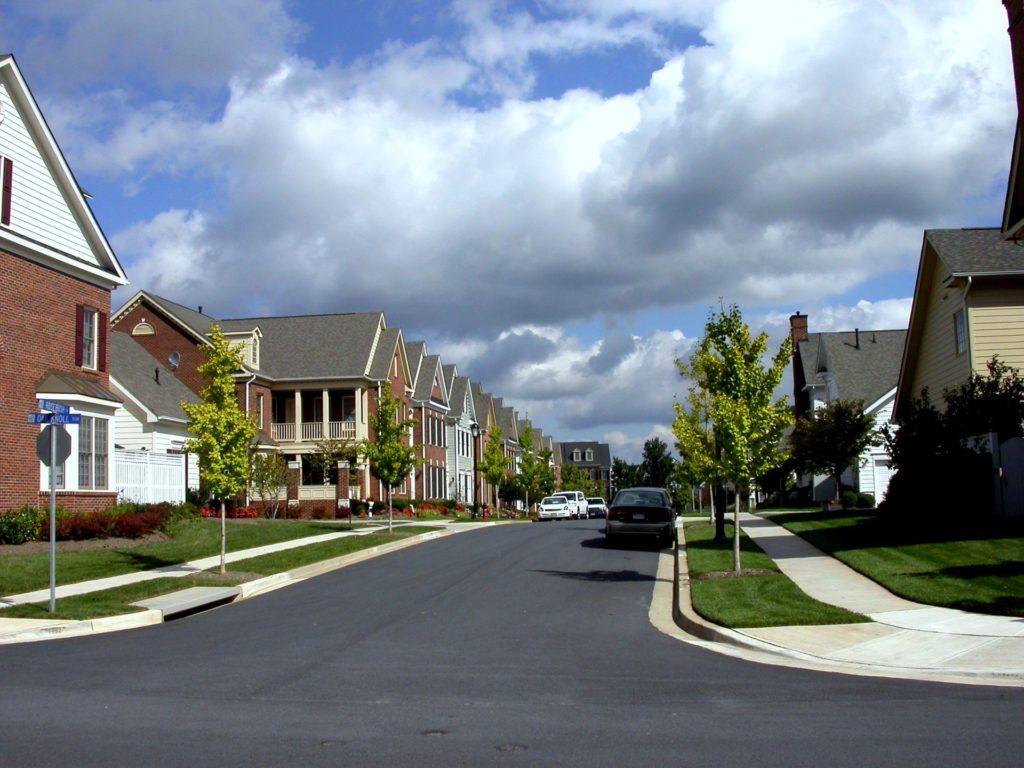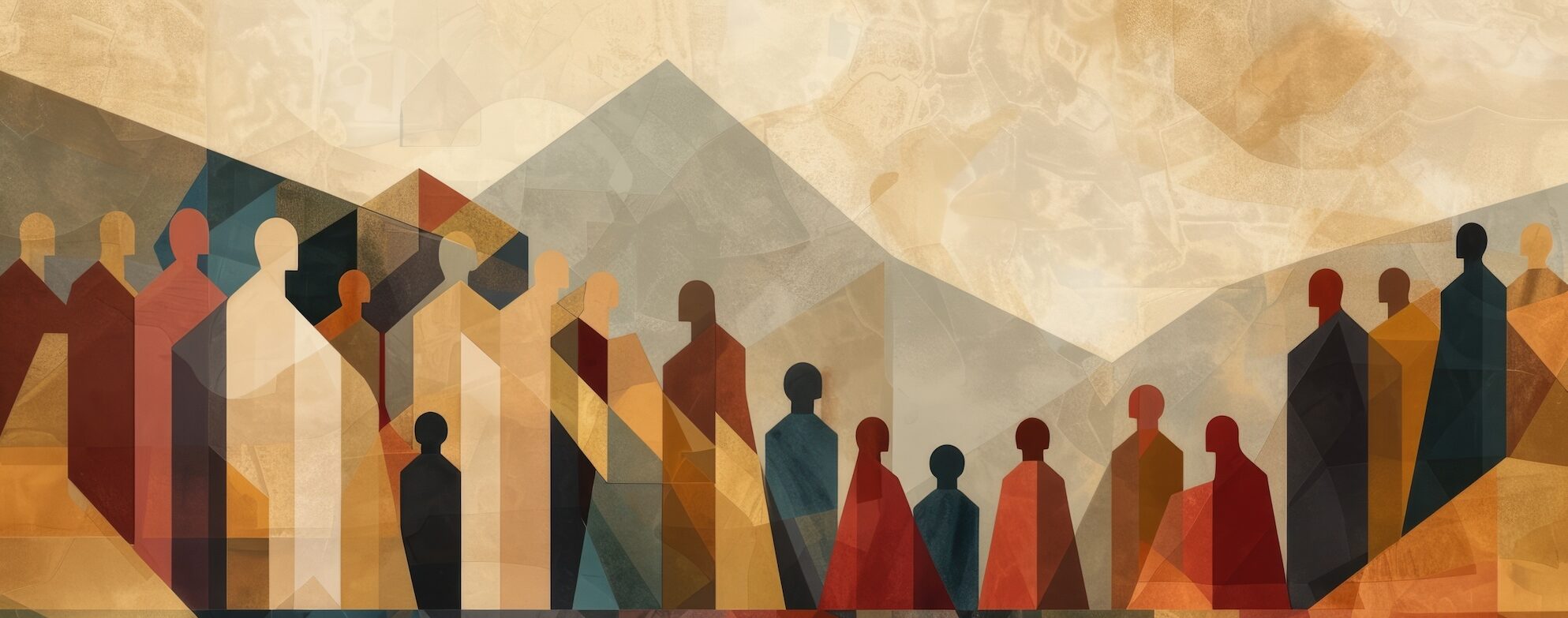
How our church is seeking to serve the poor hiding in plain sight.
When someone says the word “suburbs,” what comes to mind?
If you’re like most people, you likely picture an idyllic, if somewhat banal, scene. Manicured lawns, double (or triple) car garages, backyard BBQs, white picket fences, a chocolate lab running in slow motion through a sprinkler to a soundtrack of childhood laughter.
That’s how we tend to think of the suburbs. And sometimes these clichés are matched by reality. But not as often as we might think.
The truth is the suburbs have changed dramatically. Let me take you on a quick trip through recent history to explain.
Let’s start with gentrification. This has drastically affected suburban contexts around the country, including in the Northwest. As Christians called to help our economically disadvantaged neighbors, it’s crucial that we understand these trends.
The Changing ‘Burbs
Beginning in the 1950s, the U.S. witnessed a large-scale migration of middle class people from urban cores to the suburbs. As minorities moved to the inner city, many middle and upper class people vacated urban cores for the more racially homogenous suburbs. But by the end of the 20th Century “White Flight” was reversing; middle and upper class people started moving back into urban areas. The result is what we call gentrification, a trend where wealthier residents move into a poorer urban neighborhood and fundamentally change it. As luxury lofts and high-end retail shops started popping up in run-down urban areas, the cost of living soared, displacing poorer residents.
Portland has gone through a great deal of this over the past 20 years, particularly on the west side of downtown. “The Pearl District,” once home to run-down warehouses and lower-income housing, is now one of the most affluent areas of our downtown area.
Many people welcome gentrification, especially those who love sushi and Starbucks! But not everyone sees it so positively. For instance, city officials speak of this gentrification process as “urban renewal” whereas in the black community it is referred to as “racial removal.” This is especially true of districts part of Northeast Portland. Much of this area was once the home of the black community. However, gentrification has now pushed them out. I have friends that pastor black churches in these areas and started these churches because they were at the core of the black community. Now, the landscape has changed dramatically. The black community has been pushed out and now find themselves commuting to attend their church.
The Impact
Urban cores have changed across the U.S. because of gentrification. Yes, soup kitchens and shelters can still be found in downtown areas, but the bulk of the poor are actually being pushed out of the urban cores of cities and into the suburbs. Gentrification has turned parts of cities from the places to avoid to the most hip to live in. It can be a beautiful thing for the economy and marketability of a city, but it is not without side effects. One side effect is the fact that poverty is now rising at twice the rate in suburban contexts than in the urban core. And the suburbs simply do not have the resources to keep up with it.
Those of us living in the suburbs still seem to think of the urban core (or a foreign country) when discussing the topic of poverty. Yet largely due to gentrification of urban cores, the poor are beginning to settle in suburban contexts. As Katie Rose Quandt wrote The New York Times:
But the location of the struggling households within these metro areas goes against our ingrained notions about poverty and the inner-city. So far this century, more than two-thirds of the poverty increase occurred in households located in the suburbs, not the cities proper.
Unfortunately, the suburbs are not currently equipped to deal with the rapidly rising poverty rates in their context. As Elizabeth Kneebone, co-author of The Brookings Report, told The Atlantic, “Many of these communities lack the infrastructure, safety-net supports, and resources to address the needs of a growing poor population.”
The hard thing about this reality is suburban poverty does not jump out and slap us in the face. In fact, most drive right past the needs of people and remain unaware of the needs within the community. And it’s not only the needs of those that would traditionally be considered poor that go unseen. Many in the suburbs are struggling to navigate job changes or losses and quickly find themselves in a position of having to choose between paying the phone bill or putting gas in their car. Many families find themselves in positions of need, yet they continue to live in the same home, dress the same, and drive the same car.
What Can We Do?
First off, understanding God’s heart for the poor comes by a simple reading of scripture. In the Old Testament we see the poor are not to be taken advantage of (Exodus 22:22) or denied justice (Exodus 23:6; Deuteronomy 24:17). They are to be cared for by farmers who have excess (Exodus 23:11; Leviticus 19:10, 23:22) and by countrymen of the land (Leviticus 25:47-48). God defends the disadvantaged (Deuteronomy 10:18), and his heart for poverty to be abolished was part of the promise to Israel’s gifted land (Deuteronomy 15:4). At very least, the scriptures demanded the advantaged to be openhanded with the poor, caring for them (Deuteronomy 15:11), and if not, they were said to be in sin (Ezekiel 16:49). The LORD grieves over poverty (Job 30:25) and serves as a refuge for those that embrace it as their reality (Psalm 9:9). He is called their Protector (Psalm 12:5), Provider (Psalm 68:10) and will serve as the avenger of those who oppress them (Psalm 72:4; Proverbs 28:27). Lastly, those that care for the poor by extending God’s love toward them are said to be esteemed in the Kingdom (Isaiah 1:17, 25:4, 58:10; Jeremiah 22:3).
These examples barely scratch the surface of what we find in Scripture, but they nonetheless show us the power of the way in which Jesus expressed that same heart.
Just about everyone sees helping the poor as a noble endeavor. Few, however, actually do it. We Christians should be part of the few.
So how do we obey these biblical mandates in the context of the suburbs?
I don’t claim to have all the answers. But our church community has experienced some encouraging success in connecting with our marginalized suburban neighbors.
As I explain in my forthcoming book, Serving Local Schools, we have found local schools to be the ideal connecting point for caring for the disadvantaged. The socio-economic diversity of any community is represented at the local school level. The employees at the schools, and in many ways at the district level, have their finger on the pulse of the community’s needs like no one else. These folks don’t just hear about the need. They encounter it every day they go to work.
We discovered just how much local schools know and understand about the realities of poverty when we started to partner with them. Through medical and dental clinics to after school programs to sending mentors to supplying the district with three full-time employees, our partnership has provided a realistic pathway for us to embrace the biblical mandate of loving the disadvantaged through the Gospel.
All the needs show up at your local school. It’s that simple. And by partnering with them, we’ve found a powerful way to help the disadvantaged in our community and to express God’s compassion for all people.

